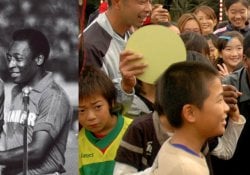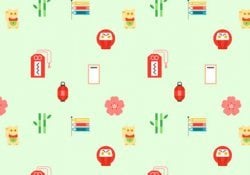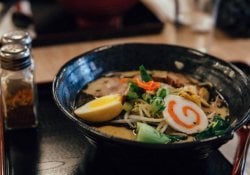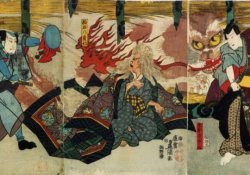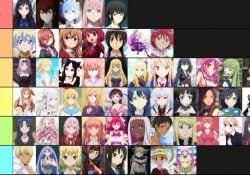Do you know all about the chopsticks that the Japanese and other Asian countries use to eat? Do you know the correct way to hold chopsticks? In this article, we are going to share some tips and rules on how to use chopsticks.
In Asia it is common to use Hashi (箸) to eat certain foods. There are 2 chopsticks that form a kind of tweezers. In Japan, eating with them is not only practical, it is also considered an art.
Knowing a little about customs will help you not to embarrass yourself, make friends and close deals. In this article we will see 15 Basic Rules that you should remember, so you don't feel embarrassed when eating with chopsticks.
Chopsticks are called jeotgarak in Korean, kuàizi in Chinese, takiap in Thai, and sumpit in Indonesian.
We also recommend reading:
- The 100 most popular Japanese meals in Japan
- Social taboos from Japan - Chopsticks on Food
- Ramen's Guide - Types, Curiosities and Recipes
Índice de Conteúdo
How to hold and eat with chopsticks
If you don't know how to eat using chopsticks or even how to hold them correctly, it is quite simple but requires a little practice.
First, the lower chopstick should pass between the thumb and index finger and rest on the ring finger. Then, hold the upper chopstick with the index, middle, and thumb in the same way you hold a pen. Now, simply open and close by moving the upper chopstick with the index and middle fingers.
It's easier said than done. This part takes quite some time to master. Observe how others hold the chopsticks and follow their example; patience is necessary. If you truly want to learn, practice as much as you can. After acquiring enough practice, you will see how they become very handy.
The correct way is to hold the chopsticks with the right hand and use the left hand to lift the bowls of rice and soup while eating. Never pick up the food in a vertical position; always by the sides.
You can practice by eating with chopsticks just by holding one of them as if it were a pencil. Below, we will leave a video that provides more tips on how to eat with chopsticks and hold them correctly.
Tips for eating with chopsticks
When storing the hashi
In most restaurants you will be given a stand to put the chopsticks in, so just use it. Never, ever put chopsticks vertically on the plate, especially on rice, because this is similar to a ceremony held at funerals in Japan. If you don't see a support, as in the case of disposable chopsticks, when you're not using the chopsticks, place it in front of you, with the end facing left.
Do not eat directly from the plates
It is very common for the Japanese to leave trays full of sushi or other food for you to pick up and put on your plate, so never take food directly from the public tray and eat it, you must put it on your plate first.
Never share food
This is the biggest taboo on the Japanese dinner table, never pass food to another person directly using chopsticks, because this is similar to a custom at Japanese funerals when bones are ceremoniously cremated. If sharing food, take it directly to the plate. Sometimes a chopstick is left for this purpose.
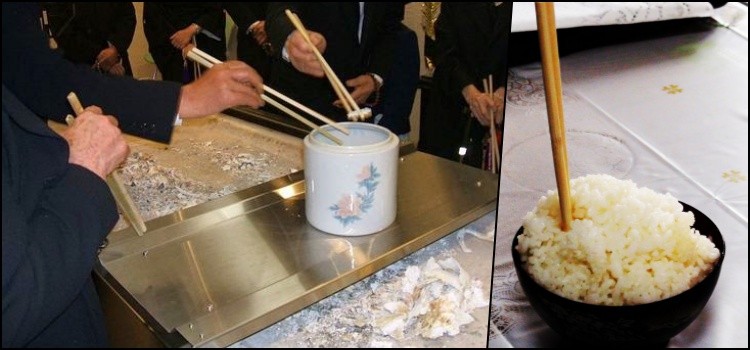
Do not mix, cut, dig, or lick
Avoid starting eating with chopsticks and then switching to cutlery, and also avoid using both at the same time.
Most dishes come in the right size to eat, with a single mouthful. Yes, there will be occasions when you need to cut out large foods, but sushi, and other small things, avoid it!
Don't use chopsticks, to dig for other foods on the plate, eat normally, taking what you can.
Don't lick the ends of Hashi, that's something ugly, and called Neburi bashi.

Ways of eating with chopsticks differ in China and Korea, the rules are totally different. Do not worry so much, not even the Japanese have totally mastered the art. Do not be afraid to make mistakes, but do your best.
What not to do with chopsticks
Do not browse with chopsticks. Make a decision before taking your food, don't be flying with chopsticks on top of the plates, avoid filling your plate all at once, avoid choosing. This is considered greed (sashi bashi).
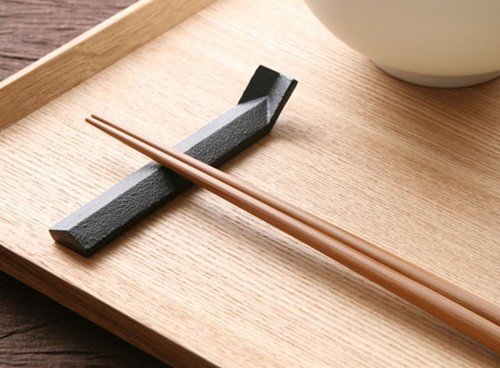
Hashi não são Brinquedos - Chopsticks are not toys - Never point your chopsticks at someone when talking to them. Never rub your chopsticks together several times after separating them, because it's a sign that you think the chopsticks are cheap and bad.
Don't cross the chopsticks - . When storing the chopsticks next to the plate, avoid leaving them crossed, because it also resembles a funeral.
Do not shake the chopsticks in your soup . When you do this, it looks like you are trying to clean them. This is sometimes tempting because miso soup remains suspended and does not dissolve. Resist the temptation!
Do not move plates or bowls with chopsticks - . Sometimes you can have this crazy idea, don't be ashamed.
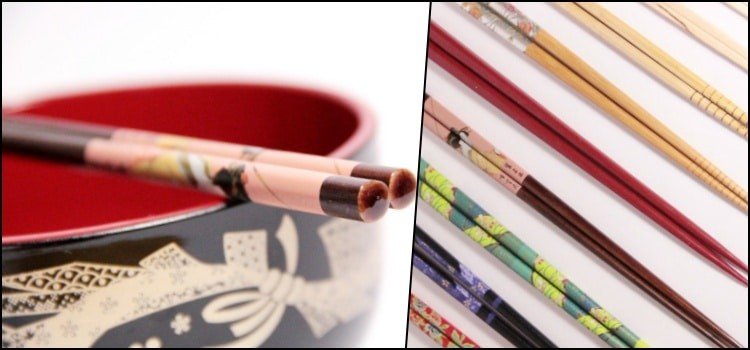
Don't think of taking your chopsticks
– Having your own chopsticks, all decorated and inside a box, kept in your favorite sushi-ya is a strange Brazilian custom, probably introduced to retain customers, but without any link with Japanese tradition. Also, as far as I know, no one takes their own knife and fork to a restaurant…
In general, the most important rules are the ones that remind people of Japanese funerals. Remember that chopsticks are not just two sticks to eat, but are deeply rooted in Japanese culture.
The article is still halfway through, but we recommend also reading:
Origin and History - How did the Hashi come about?
The origin of these chopsticks is not known for sure. The Chinese were responsible for popularizing this practice throughout Asia, but there are much older reports involving Israel, the Scythian people who invaded Canaan.
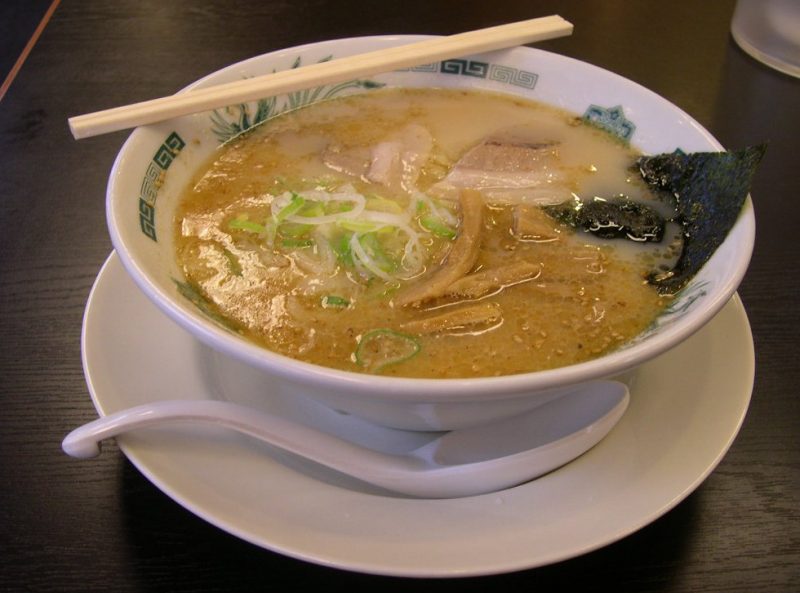
The chopsticks were also used in Uighur civilizations, from the Mongolian steppes since the 6th century. It is believed that the Hashi has been used much earlier in the year 2500 years before Christ to grill meats over coals.
Just 1500 years after being simple sticks used to turn meat, chopsticks began to be used for common foods. It is believed that they were quite useful to avoid getting your hands dirty with sauces that were quite common in cooking.
Confucius was also a big influencer who claimed that vegetarians could not use knives at the table. As he was a vegetarian and a famous philosopher of the time, this had a lot of influence.
Saibashi - another type of chopsticks
Some are unaware, but there are also other Japanese chopsticks called Saibashi [菜箸] specific for use in the kitchen, allowing the handling of large and hot foods.
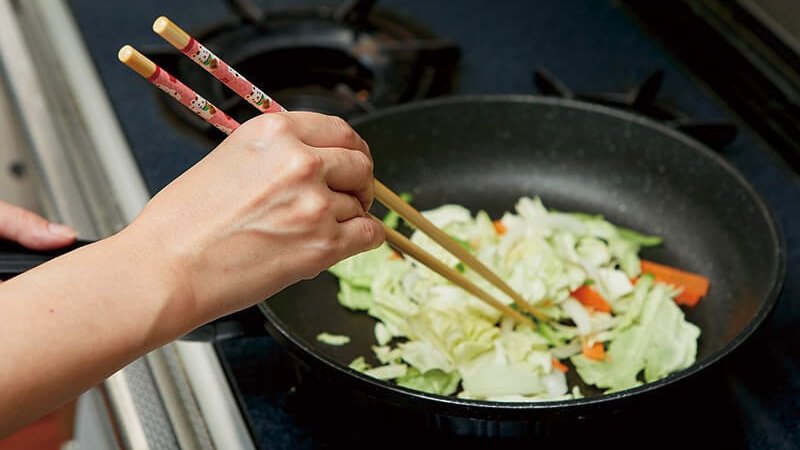
It is usually more than 30 centimeters longer than a common chopstick, in addition to being joined by a cord at the ends to facilitate the grip. Something similar happens with regular chopsticks, where people put a staple for the inexperienced.
Most sabershi are made of bamboo or metal. Metal ones are used to manipulate things that are frying, called kinzokuseinohashi [金属製の箸].
Why do the Japanese use Hashi?
There are numerous advantages to using Japanese chopsticks. First, they are much more hygienic than a fork or spoon. They can also be made from various materials such as bamboo, metal, ivory, and even plastic.
The Japanese also feel much more at ease using chopsticks to consume things like noodles and sushi, which are part of Japanese cuisine. Even Japanese rice is much easier to scoop with chopsticks than with a fork.
In another article that we will recommend at the end, you will see that, in fact, Japanese chopsticks are much more practical than other cutlery. It's much quicker and easier to eat with chopsticks in most foods.
I hope you enjoyed this article, that it can help you understand the whole culture of chopsticks in Japan, its rules of etiquette and the correct way to hold and use it. If you liked the article, share it and leave your comments.

